WWII 1943 German Luftwaffe Mini Map Book Section France Normandy Paris London

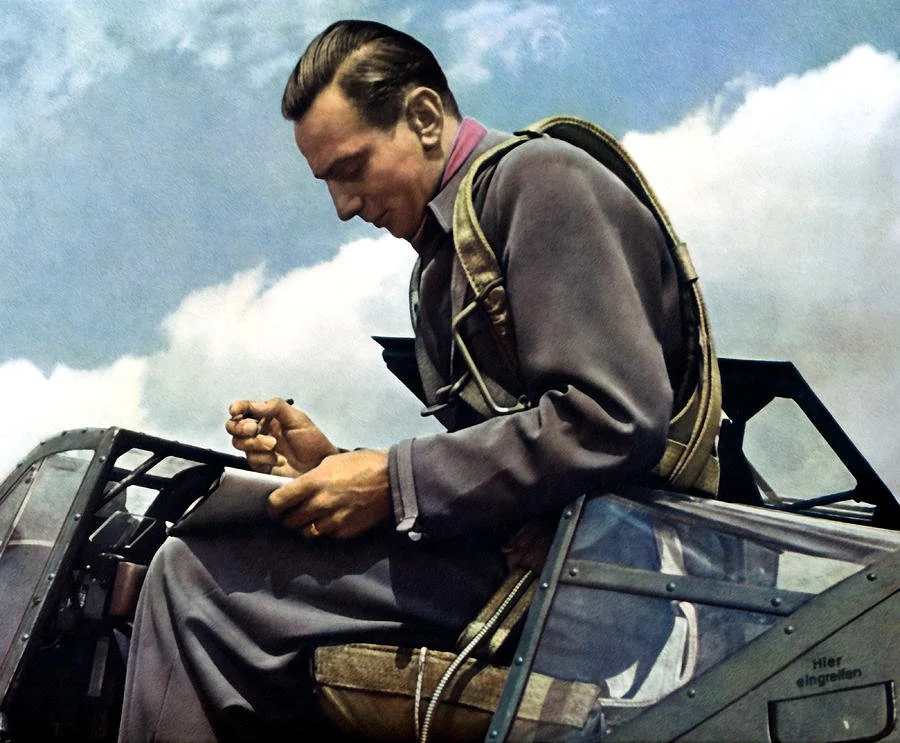
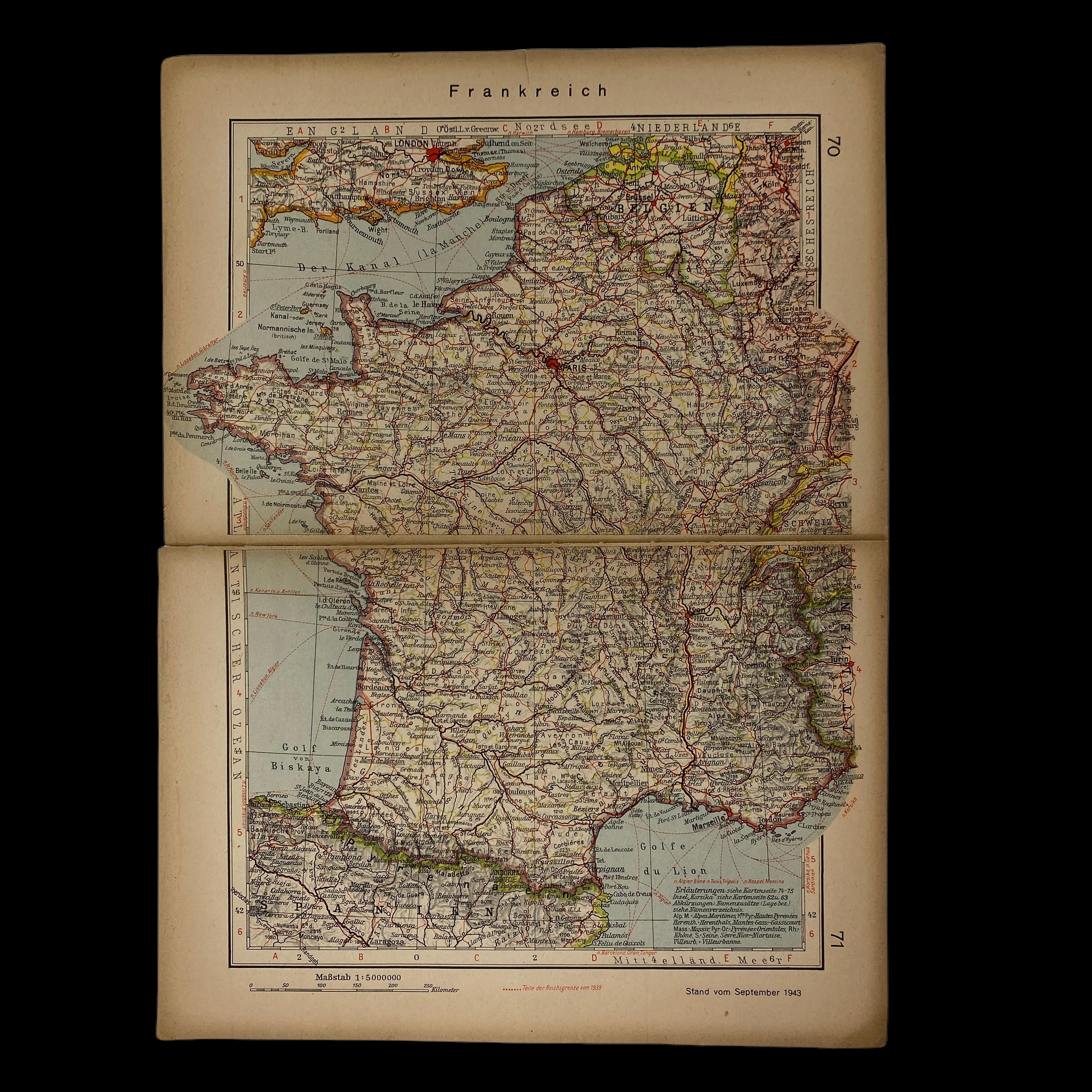
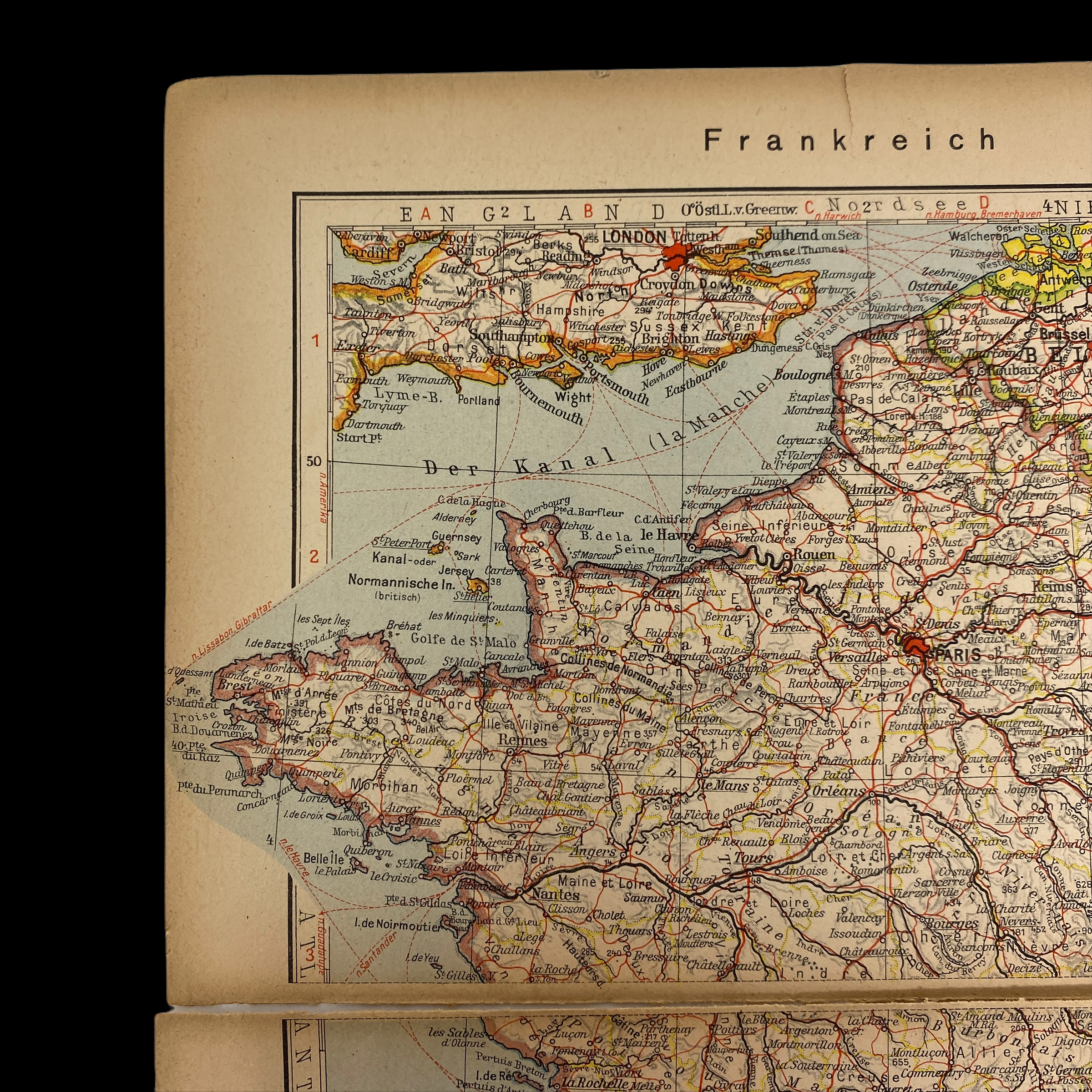

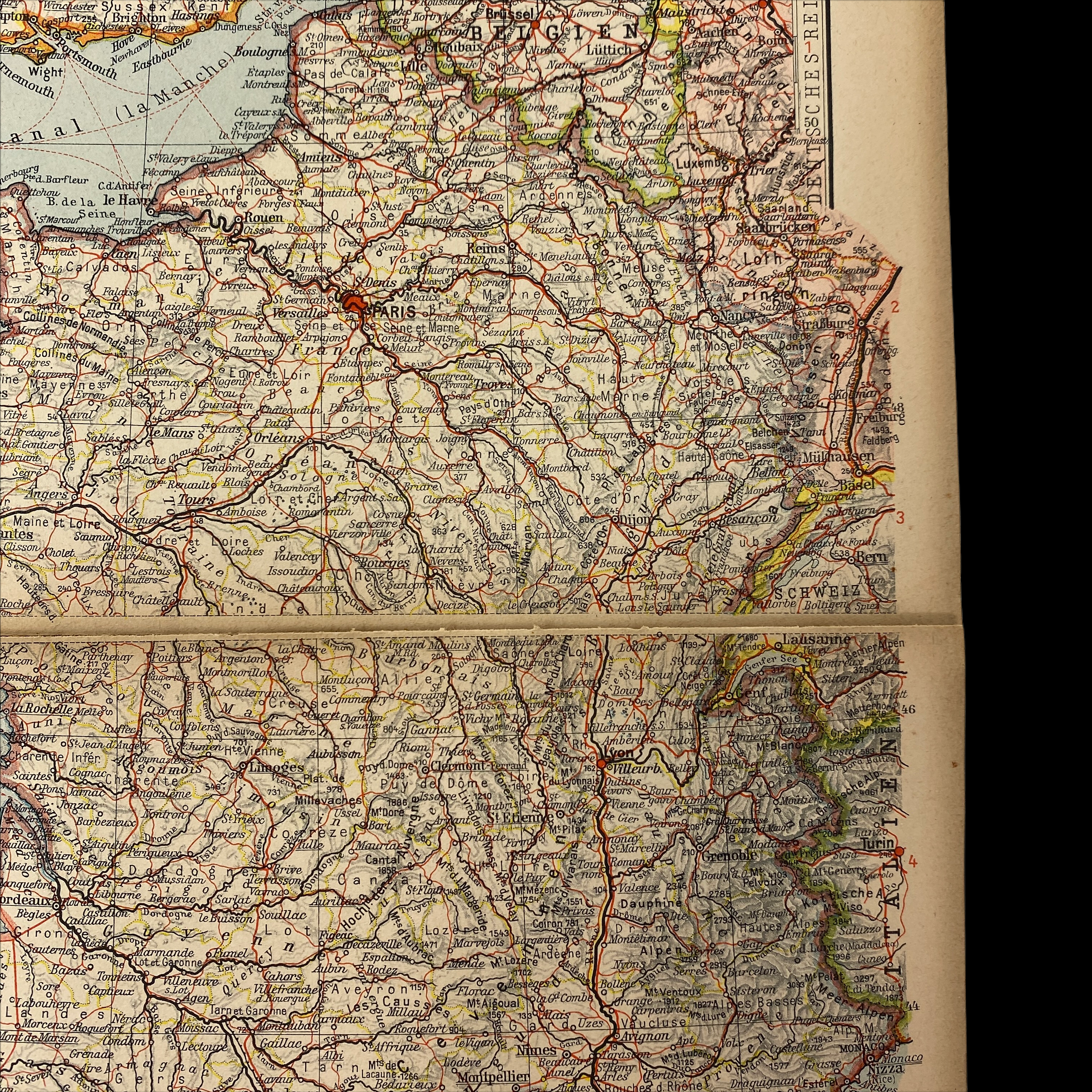
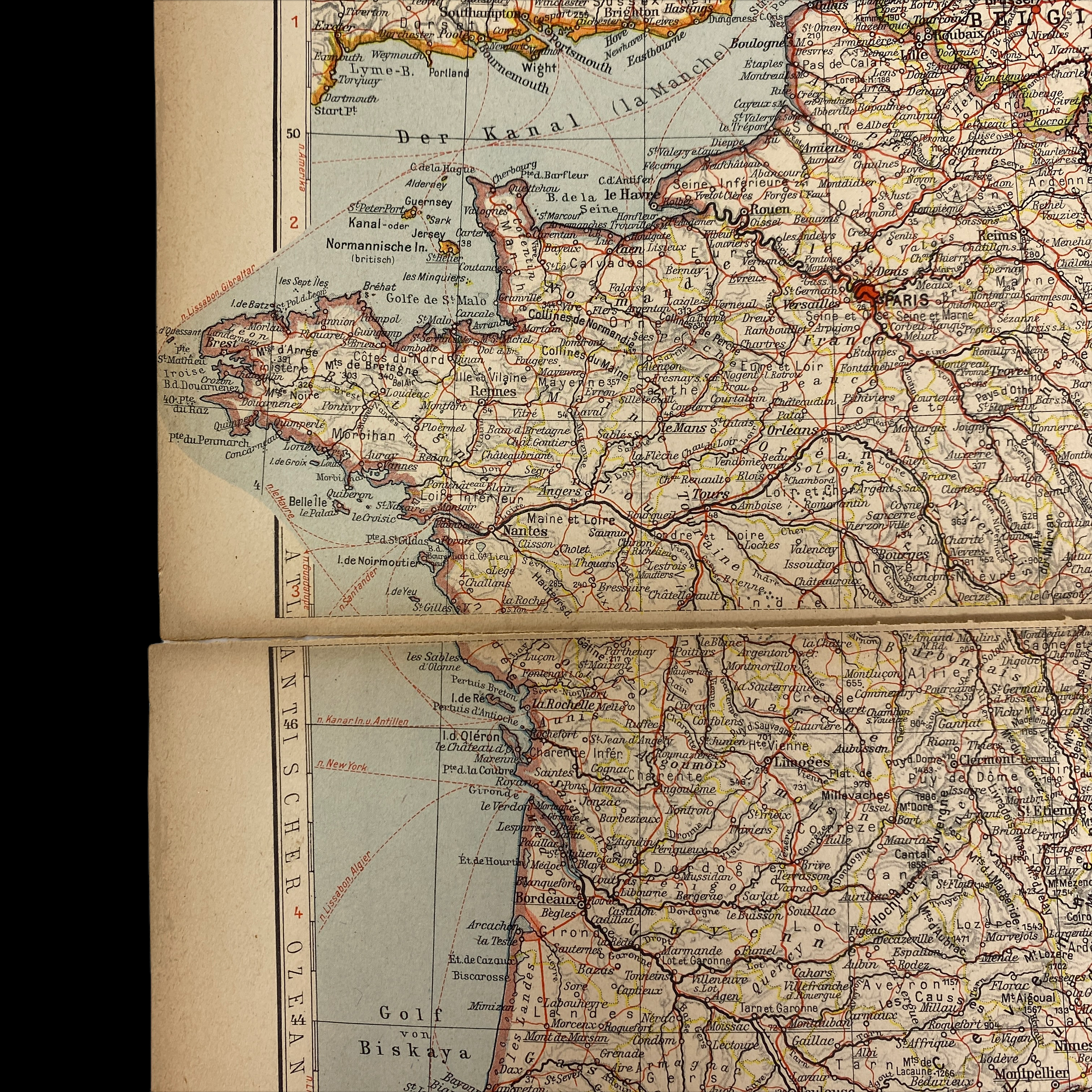
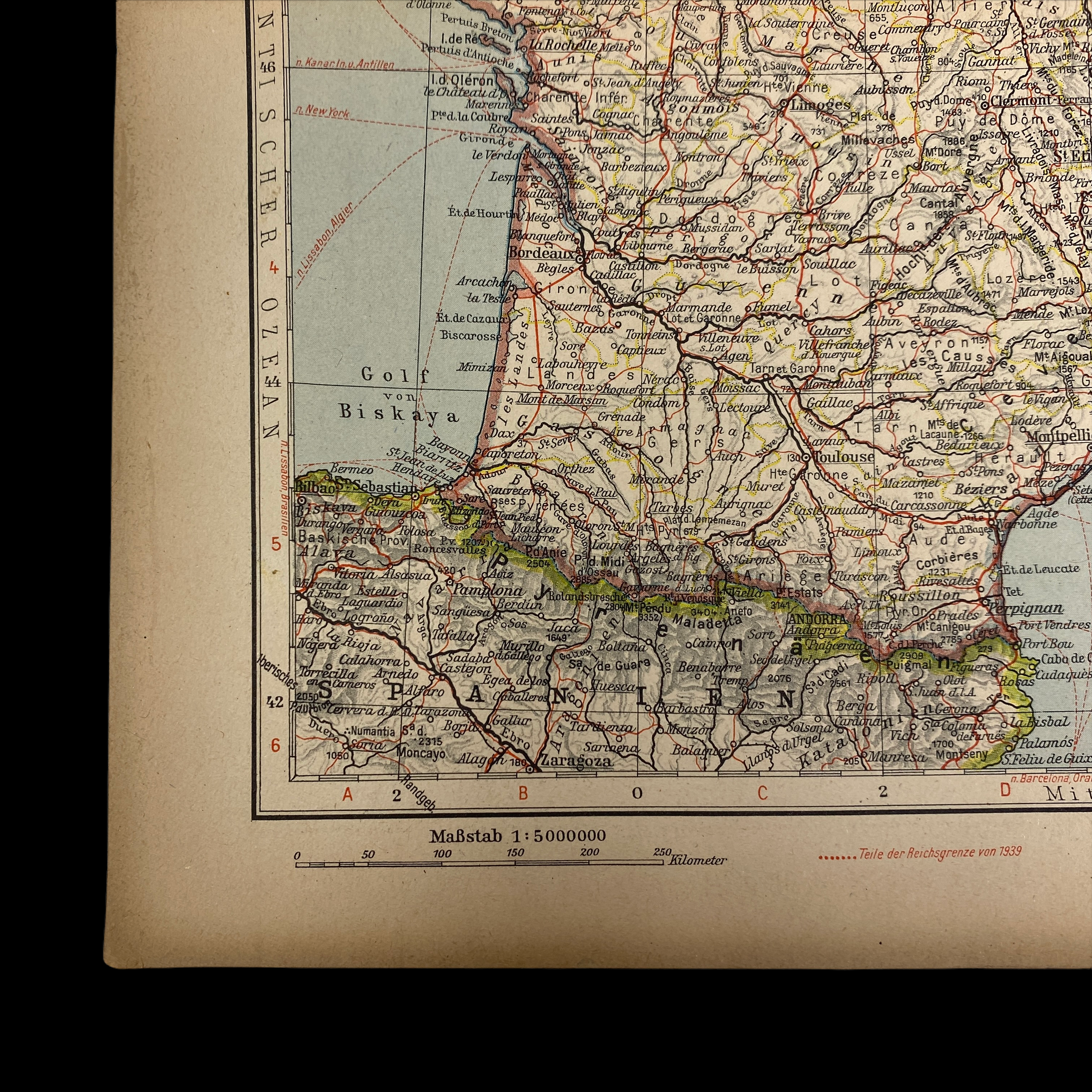
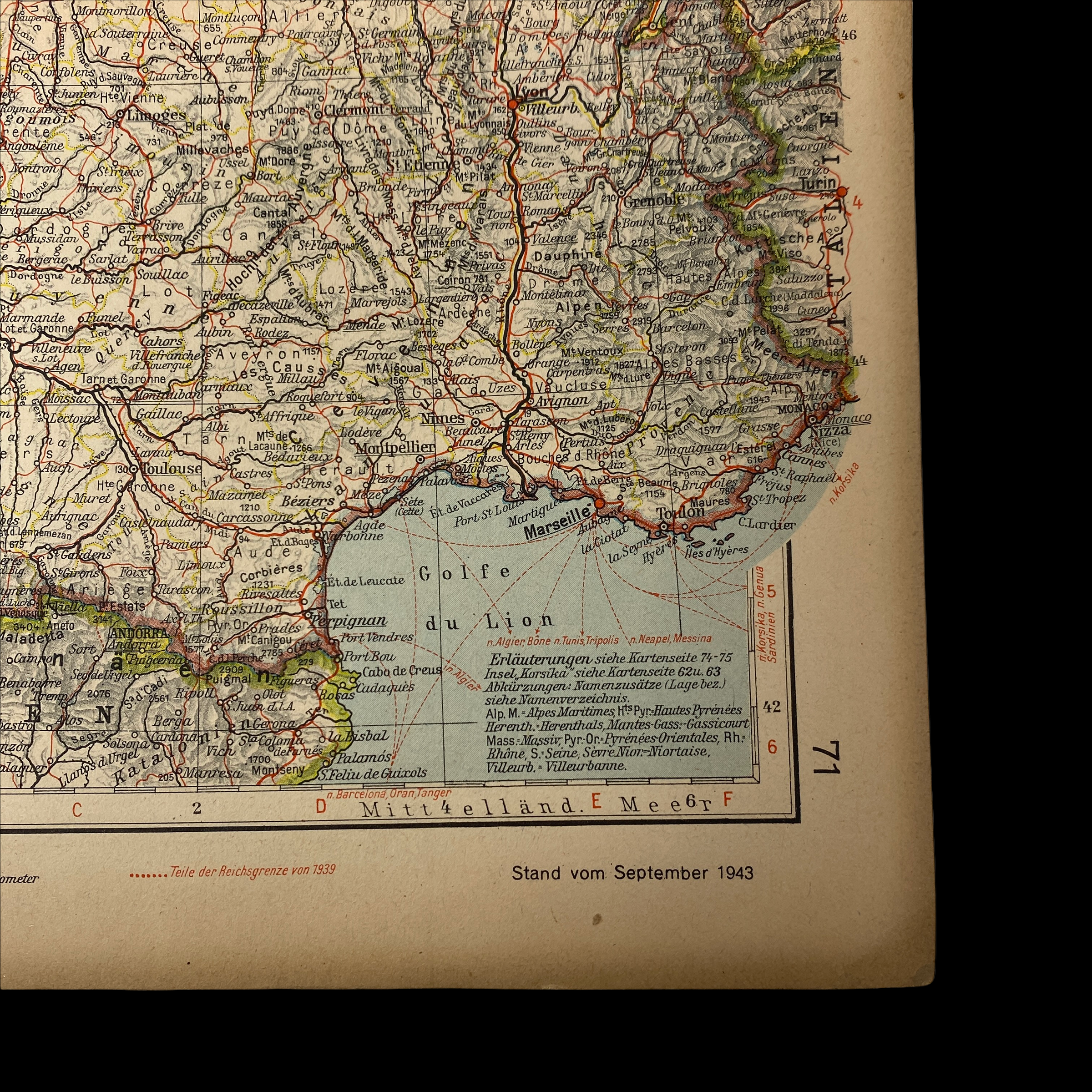
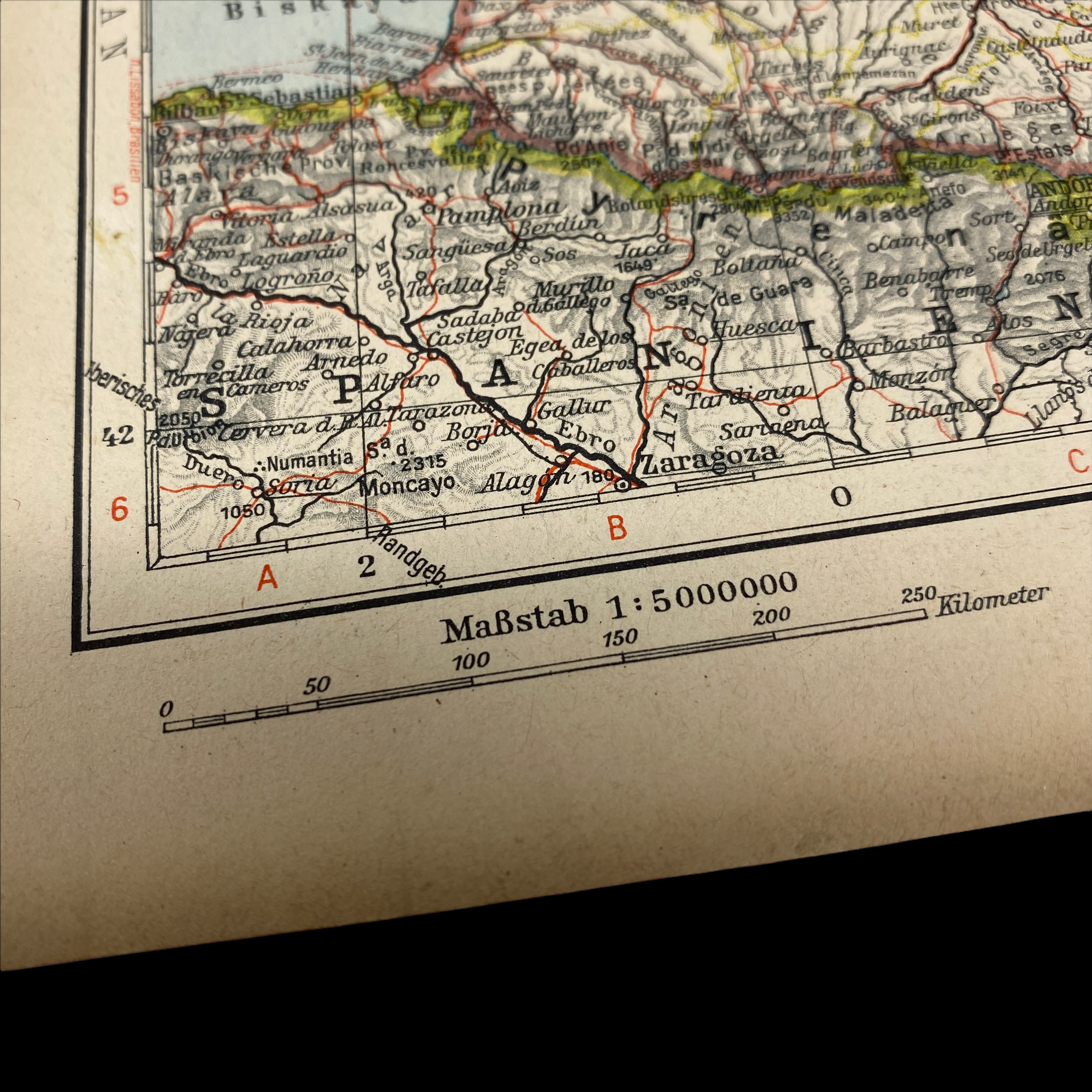
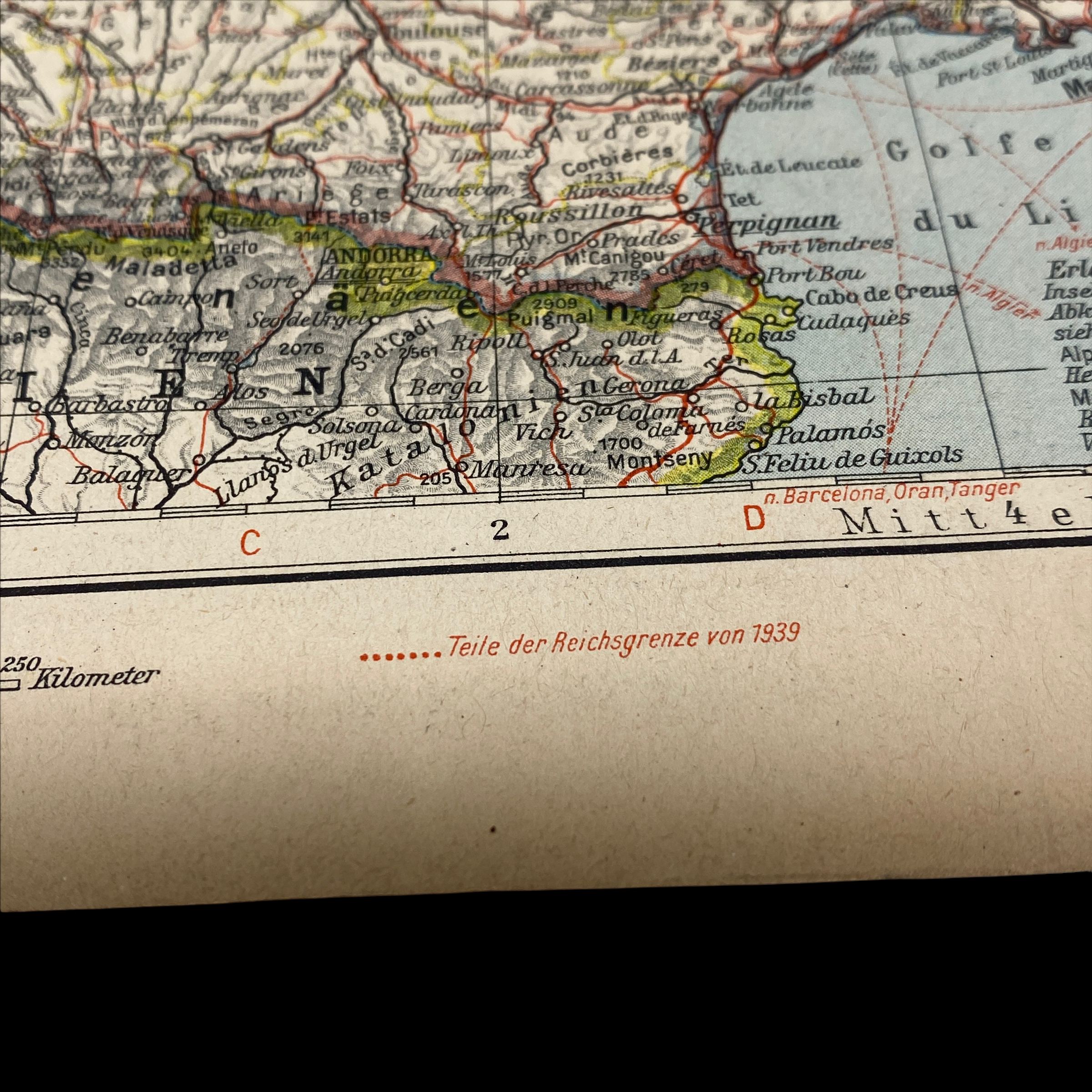
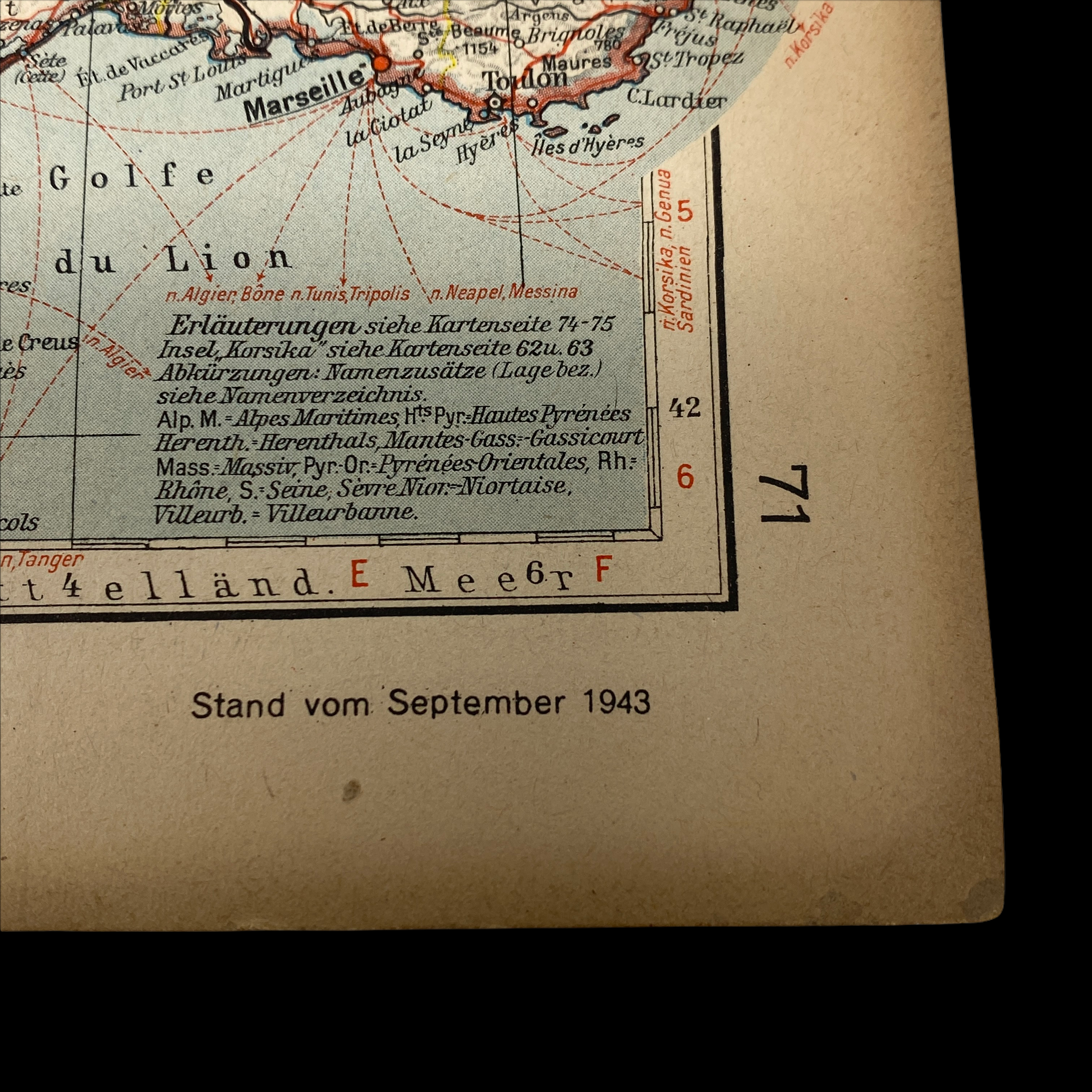
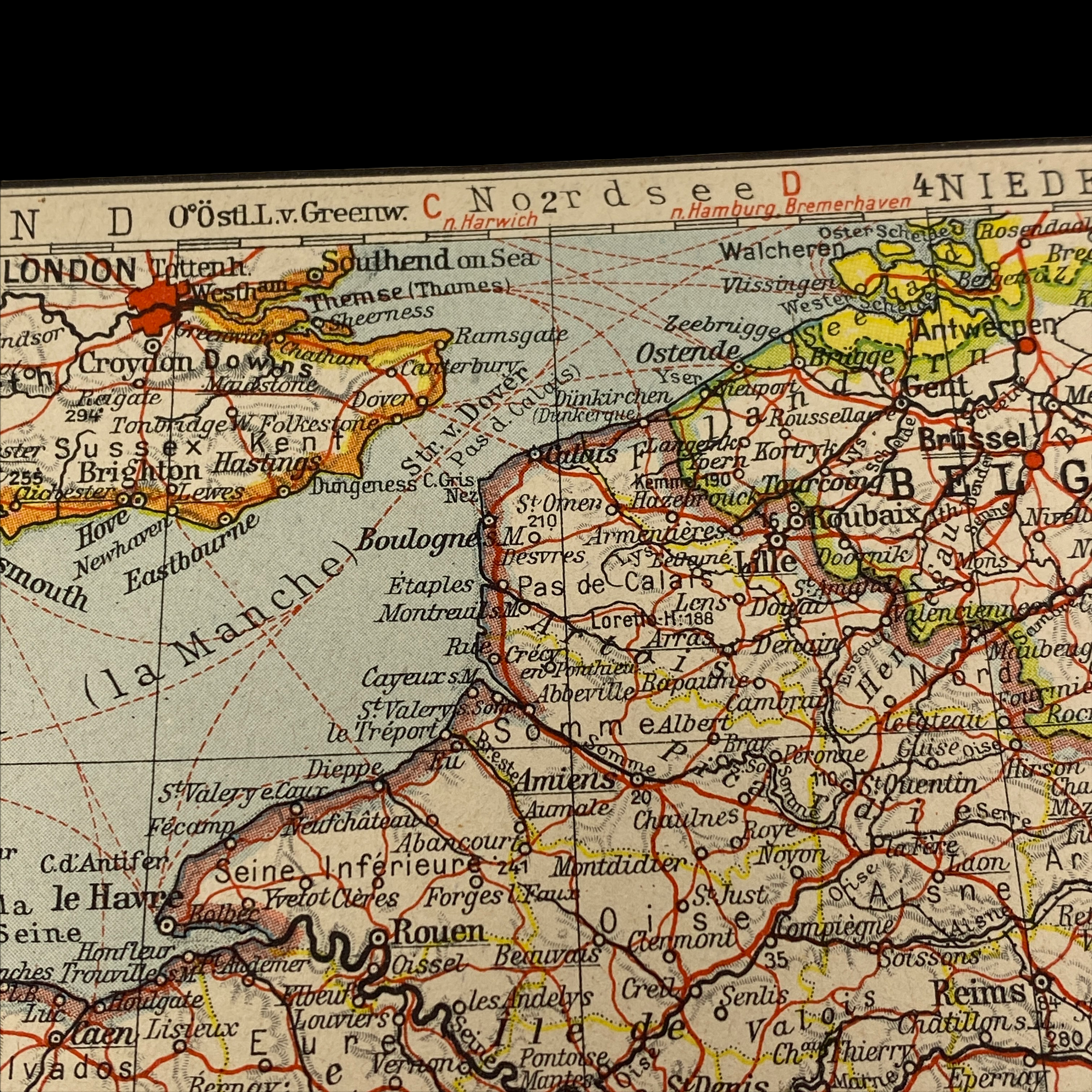
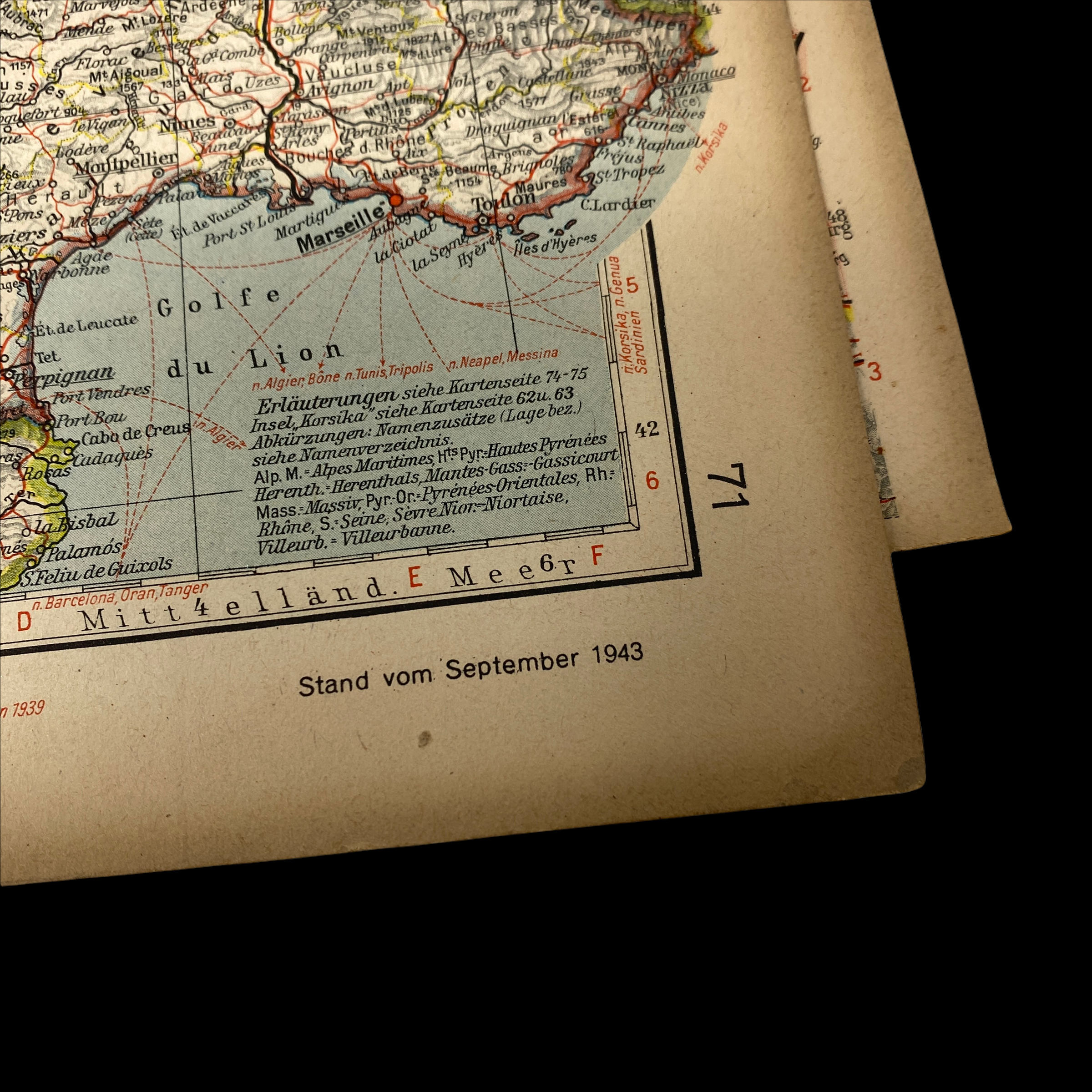
WWII 1943 German Luftwaffe Mini Map Book Section France Normandy Paris London
Size: 8 x 11 inches
This original 1943 dated WWII German Luftwaffe mini-map was professionally preserved and removed from a rough and decaying German Luftwaffe pilot’s pocket map booklet. Usually kept and stored in the inside jacket pocket of a Luftwaffe pilot or crew, these mini-maps were compiled into one single booklet and were constructed and meant to be used for both informational, navigational, and survival purposes. This mini-map booklet was distributed to Luftwaffe pilots and crew members stationed and fighting all over the European theater including Germany, France, Africa, Italy, etc. These maps were meant to be utilized anywhere a Luftwaffe soldier would be stationed and are just smaller versions of the larger Luftwaffe maps.
This map features some of the most famous geographical landscapes of World War II of France. This two-page Luftwaffe map section shows the Normandy coastline of D-Day, the English Channel, Southern France, Brest, Paris, etc.
WWII and the Luftwaffe:
The Luftwaffe was the aerial warfare branch of the Wehrmacht during World War II. The Luftwaffe proved instrumental in the German victories across Poland and Western Europe in 1939 and 1940. During the Battle of Britain, however, despite inflicting severe damage to the RAF's infrastructure and, during the subsequent Blitz, devastating many British cities, the German air force failed to batter the beleaguered British into submission. From 1942, Allied bombing campaigns gradually destroyed the Luftwaffe's fighter arm. From late 1942, the Luftwaffe used its surplus ground support and other personnel to raise Luftwaffe Field Divisions. In addition to its service in the West, the Luftwaffe operated over the Soviet Union, North Africa, and Southern Europe. Despite its belated use of advanced turbojet and rocket-propelled aircraft for the destruction of Allied bombers, the Luftwaffe was overwhelmed by the Allies' superior numbers and improved tactics, and a lack of trained pilots and aviation fuel. In January 1945, during the closing stages of the Battle of the Bulge, the Luftwaffe made a last-ditch effort to win air superiority and met with failure. With rapidly dwindling supplies of petroleum, oil, and lubricants after this campaign, and as part of the entire combined Wehrmacht military forces as a whole, the Luftwaffe ceased to be an effective fighting force.